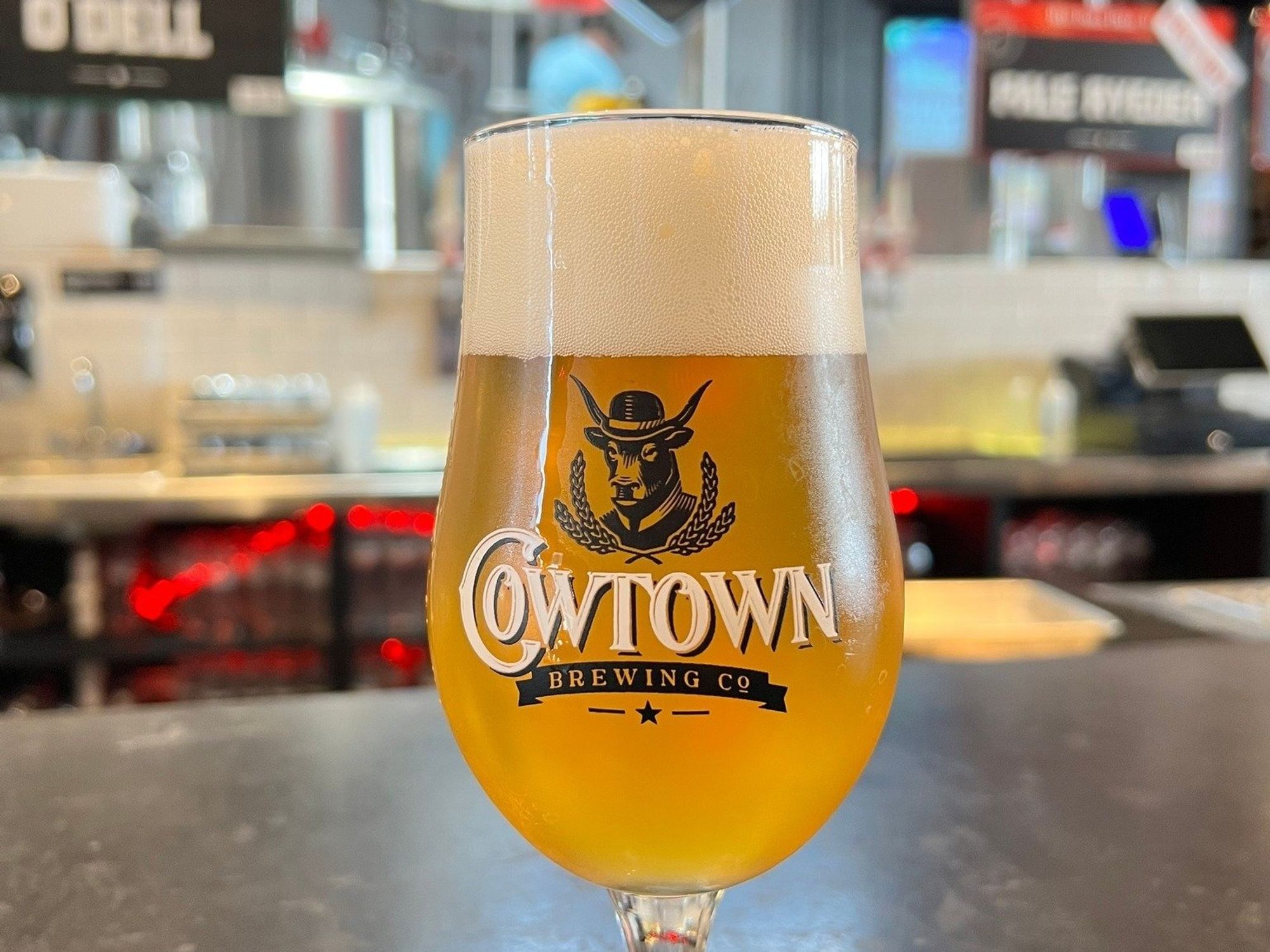Distillery in Galveston: Discover the Art of Craft Spirits
Distillery in Galveston: Discover the Art of Craft Spirits
Blog Article
The Ultimate Distillery Experience: From Grain to Glass, Whatever You Required to Know
Starting a journey through the complexities of the distillery procedure reveals a world where scientific research satisfies artistry in the production of spirits. From the mindful choice of grains to the meticulous crafting of each container, every action in the assembly line plays a vital role fit the final item that graces our glasses. As we look into the subtleties of aging, taste, and distillation profiles, a much deeper gratitude for the workmanship and devotion behind each sip arises. Join us as we unwind the layers of proficiency and interest that culminate in the utmost distillery experience.
The Art of Grain Option
Picking the optimal grains is an important action in the purification process, figuring out the taste account and quality of the end product. The kind of grain chosen substantially influences the character of the spirit being generated - Distillery in Galveston. Common grains made use of in purification consist of barley, rye, corn, and wheat, each imparting distinct tastes and qualities to the end product

Beyond flavor considerations, the high quality and pureness of the grains are extremely important. Distillers carefully resource grains to ensure they are without contaminants and possess the needed starch web content for fermentation. By mastering the art of grain selection, distillers lay the structure for creating outstanding spirits that astound the palate.
Distillation Process Demystified
Having established the foundation with precise grain option, the purification procedure emerges as the transformative stage where the significance of the picked grains is opened and improved right into a perky form. Distillation is a methodical process that relies upon the principle of dividing alcohol from a mixture based upon distinctions in steaming points. When the fermented mash is heated up in the still, the alcohol evaporates at a lower temperature than water and other substances, permitting for its removal. As the alcohol vapors climb and pass with the still, they condense back right into liquid type, resulting in a higher evidence extract. This distillate, also called the 'heart cut,' is the purest and finest portion of the distillation run. Nevertheless, the process doesn't end there; multiple purification runs or extra actions such as maturing in barrels may even more refine the spirit, boosting its taste, character, and complexity. Understanding the details of the purification process is critical for generating premium spirits that captivate fanatics and aficionados alike.
Barrel Aging and Taste Advancement
During the barrel aging process, spirits undergo a transformative journey as they connect with the timber, soaking up nuanced tastes and creating an abundant intricacy. As spirits age in the barrels, they draw out compounds such as vanillin, lignin, and tannins from the wood, contributing to the growth of fragrances like vanilla, sugar, seasoning, and also hints of toasted oak.
Furthermore, the aging process enables oxidation to occur, bring about more chain reaction that smooth the spirit and round out any severe sides. The permeable nature of wood also enables the spirit to take a breath, promoting the assimilation of tastes with time. Relying on the duration of aging and environmental problems like temperature level and humidity, spirits can get various qualities, from subtle timber notes to deep, complicated flavors that make each set special. Eventually, find more info barrel aging plays a pivotal duty in shaping the distinct preference profile of each spirit, supplying a sensorial trip for connoisseurs to savor.
Craftsmanship in Bottling and Identifying
As spirits reach their optimal flavor accounts through barrel aging, the thorough craftsmanship in labeling and bottling comes to be the next important action in providing a costs item to consumers. The process of bottling and classifying is a crucial element of the general distillery experience, as it is the last touchpoint before the product gets to the hands of customers (Breweries in Galveston Texas). Craftsmanship in bottling entails ensuring that each bottle is loaded precisely with the spirit, thinking about variables such as consistency in fill levels and the prevention of any type of contaminations entering the bottle

Tasting and Valuing Great Spirits
To fully appreciate fine spirits, one should involve all the detects in a conscious and calculated tasting experience. When tasting penalty spirits, it is important to begin by observing the spirit's look. Keep in mind the shade, clearness, and thickness of the fluid in the glass. Swirl the spirit carefully to launch its scent. The nose is a vital feeling in sampling spirits; take a minute to breathe in the facility aromas deeply. Next off, take a tiny sip and allow it remain on your taste buds. Take notice of the different flavors that unfold - from sweet and fruity notes to spicy or great smoky touches. Take into consideration the mouthfeel, keeping in mind if the spirit is smooth, silky, or fiery. Swish the spirit in your mouth to completely experience its structure and taste. Finally, ingest gradually and appreciate the remaining surface. Fine spirits typically leave an enjoyable aftertaste that can reveal much Resources more regarding the craftsmanship and quality of the beverage. By involving all your senses in this manner, you you can check here can absolutely relish and appreciate the complexities of great spirits.
Verdict
Finally, the distillery experience encompasses the detailed art of grain choice, the precise purification process, the transformative barrel aging, the careful craftsmanship in identifying and bottling, and the innovative method of tasting and valuing great spirits. Each action in the manufacturing process plays a critical function in developing top notch spirits that captivate the senses and joy lovers worldwide.
The type of grain picked considerably affects the character of the spirit being created. By understanding the art of grain selection, distillers lay the foundation for developing extraordinary spirits that astound the palate.

Report this page